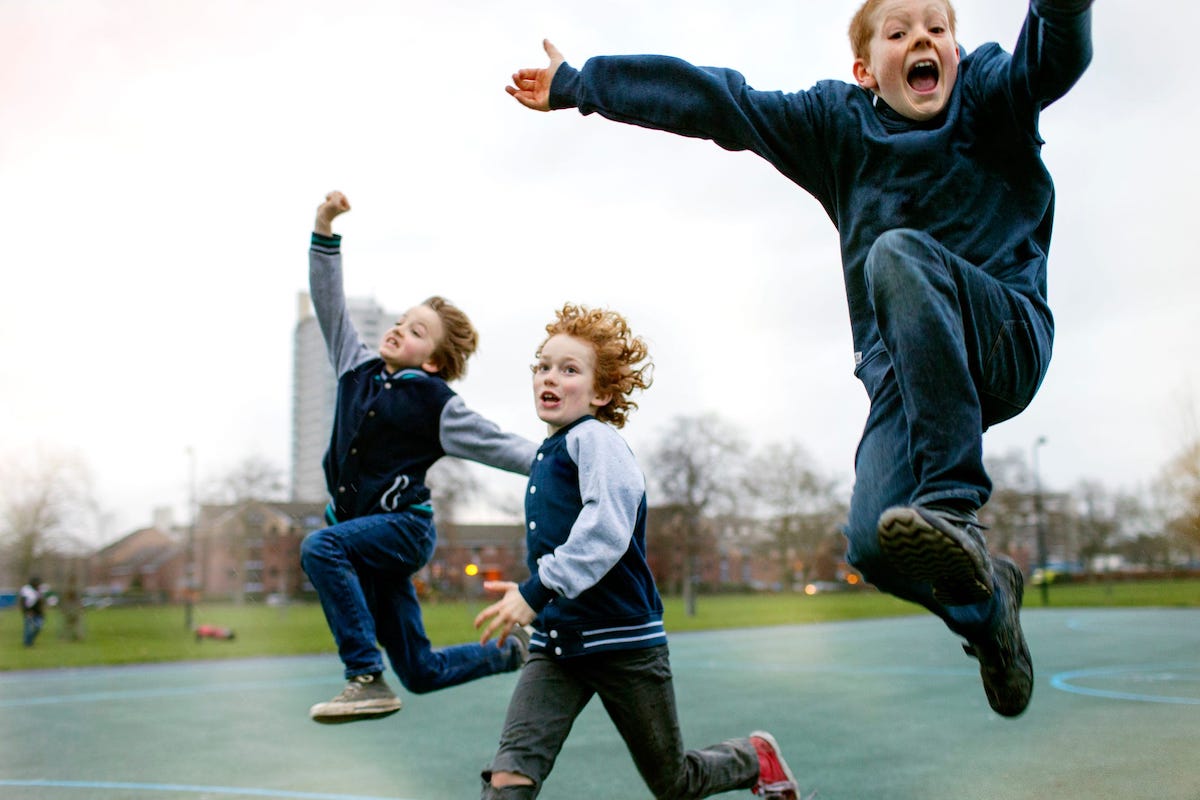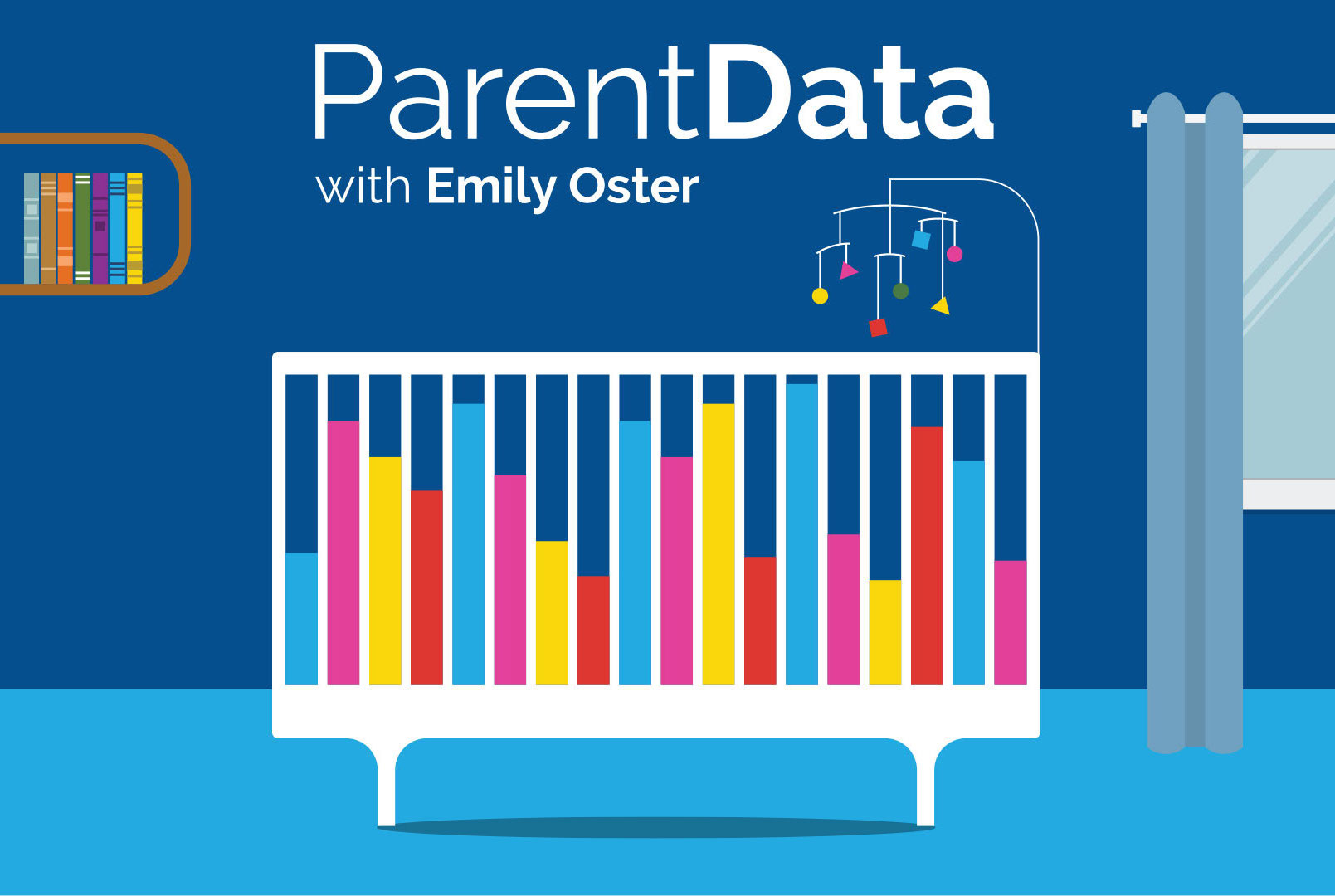A very unfortunate aspect of the past few years has been a growing skepticism of vaccines. Post-COVID, vaccine skepticism has grown — beginning with the COVID vaccine itself and then spilling over to other vaccines, including routine childhood vaccination. At the time of this writing, there is an ongoing measles outbreak in Florida. A measles vaccine has been available for many decades; hundreds of millions, if not billions, of doses have been given. It’s incredibly safe and incredibly effective: one shot provides about 95% protection, two shots 99%. It is a shame that a combination of misinformation and, in some cases, poor public health messaging has led us here.
It is especially unfortunate because modern technology, including new vaccines, continues to dramatically improve our health. So while that first paragraph may be a downer, today’s post is good news! It’s all about the HPV vaccine, which is given in adolescence and can prevent the development of HPV and cervical cancer. There is some exciting new efficacy data, so let’s get going.
What is HPV?
The human papillomavirus (HPV) is a sexually transmitted virus that is extremely common. The CDC estimates 43 million infections in 2018, and 13 million new infections a year, though these are just estimates. The virus comes in a number of subtypes, denoted by numbers (16, 18, 31, etc.). It’s spread through sexual contact of many types — vaginal, oral, anal. Spread does not require penetrative sex.
A huge share of sexually active people will become infected with HPV, given the ubiquity and transmissibility of the virus. Most of these people will not have symptoms, and for most of them, the virus will clear on its own in one to two years. However, if the virus does not clear, it can cause long-term health issues, including genital warts and cancer. Genital warts are unsightly and uncomfortable, and cancer is … cancer.
The link between HPV and cervical cancer is extremely strong. Just two types of HPV — 16 and 18 — cause about 70% of cervical cancer cases worldwide. Other HPV types cause another 20%, meaning that an estimated 90% or more of cervical cancer is caused by HPV. These same two main subtypes cause 90% of anal cancer and a large share of several other rare cancers. (Interestingly: the HPV subtypes that cause cancer are not the same ones that cause genital warts.)
This strong link means that if you can prevent HPV infection, you could prevent a huge share of cervical cancer, which is the fourth most common cancer in women. Because of the mechanism of spread, though, prevention through sexual behavior change isn’t likely. To avoid HPV, we really needed a vaccine.
Vaccine details and timing
Vaccination for HPV began in Europe in the early 2000s, and a vaccine in the U.S. was first available in 2006. Currently, the vaccine available in the U.S. is Gardasil 9, which was approved for usage in 2014.
Worldwide, there are a number of HPV vaccines in use, which vary in the number of strains they protect against. The two most important strains are 16 and 18, which all vaccines cover. Gardasil 9 also protects against 6, 11 (the two that cause genital warts), 31, 33, 45, 52, and 58 (the remaining cancer-causing strains).
These vaccines are given in two or three doses, typically yearly, beginning between the ages of 9 and 11. The goal is to complete the vaccine series well before someone would be sexually active. These vaccines are recommended for both girls and boys. Although cervical cancer is specific to those who have a cervix, HPV infection occurs for everyone. And people without a cervix are at risk for other cancers, and for spreading HPV to their partners.
It is important to say: some parents balk at the idea of starting a vaccine for an STI when their child is 11. We do not want to imagine that child being sexually active, and maybe we hope that they will wait until marriage and never be at risk. The reality is, though, that down the line your child may well be sexually active and they may have multiple partners. Not getting them this vaccine will not change that; it will just make them more likely to get HPV. Starting early means your child is likely to be done with the three-shot series before it becomes relevant.
Vaccine efficacy
Trials of the HPV vaccine have consistently shown impacts on HPV infection and on changes to cervical cells. The largest trial of the Gardasil 9 vaccine, in particular, showed protection against all nine disease subtypes. This protection is almost perfect when the vaccine is given before HPV exposure — a 97% to 100% reduction in infection and illness.
There is also an increasingly large amount of real-world data to support efficacy. We’ve seen a reduction overall in HPV since the vaccine was introduced, suggesting efficacy. In addition, population-based studies have linked vaccination with reduced incidence of cervical cancer.
Perhaps the most comprehensive of these, run in Sweden, used data from 1.6 million women. Sweden has detailed data on … everything. So researchers can link vaccination status to cervical cancer status, along with demographics and a range of other factors, for entire populations of women. Using these data, they link vaccination to development of cervical cancer over time, and produce the remarkable chart below.
The chart shows that the cervical cancer rate in the group vaccinated before age 17 is a tiny fraction of the rate in those who were unvaccinated, or vaccinated later. This difference between early and later vaccination likely reflects the fact that some of the older vaccine group acquired HPV before they were vaccinated.
This study isn’t randomized, so it is possible that some of this effect is about differences in sexual behavior across these groups. However, given the ubiquity of HPV, the large number of other variables the authors can control for, and the other evidence we have on the vaccine, it seems likely that the vaccine drives most or all of this difference.
A recent paper corroborates this large effect, using data from Scotland. In this case, the authors observe outcomes for girls vaccinated at 12 or 13, in addition to those vaccinated later. They show that one or two doses of vaccine at age 12 to 13 were extremely protective; in fact, in the group that was vaccinated at that age, they saw no cases of cervical cancer among young adults. None!
There is, in summary, increasingly good data to show that this vaccine has enormous positive protective effects.
Vaccine safety
Vaccine safety concerns are, unfortunately, one of the primary reasons why parents do not choose to vaccinate their children (or themselves). In the case of the HPV vaccine, the vaccine often seems new to parents because many of us did not get it. However: hundreds of millions of doses of this vaccine have been given, and the safety profile is excellent.
In the U.S., vaccine safety is evaluated in at least two ways. First, when vaccines are approved, the FDA requires safety data from randomized trials. Second, post-licensing, there is additional monitoring. This is important because trials are, by necessity, of limited size. If there is an adverse effect that shows up in one in a million doses, we are unlikely to see it in a trial of 14,000 people. Continued monitoring as vaccines roll out is standard safety practice.
This is done in several ways, one of which is the VAERS system, a reporting system where doctors and others can report adverse events that might be vaccine-related. VAERS is a mixed bag — an adverse event can be reported even if it is not a result of the vaccine — but it gives us some sense of possible safety issues.
As this paper shows, between 2006 and 2013, when there were 57 million vaccine doses given, there were 21,194 reports of adverse events. That’s 1 in 2,700 vaccines. Of those, 92% were mild (mostly injection-site pain). That leaves only about 1,700 more serious reactions in 57 million doses. That is a very small number. And these serious complications are things like headache, dizziness, and nausea.
One potential issue that was commonly raised when the vaccine first came out was the possibility that fainting was more common after vaccination than after other vaccines. Whether there is a true link here is unclear. Fainting is not uncommon after vaccines in general, and adolescent girls are more likely than others to faint. The possibility that this risk could be elevated means that some doctors will ask you to wait 15 minutes post-vaccine in the waiting room for safety. Unless you fall down, fainting isn’t a serious issue.
We have a lot of safety data at this point.
Summary
This is literally a cancer vaccine. You can give your kid a cancer vaccine so they do not get cervical cancer or any of several other cancers. This is amazing! Science is amazing! I know this particular vaccine can make people nervous, but I think it’s worth a pause on how lucky we are to have it.
So: if you are on the fence, I hope this data will help convince you the HPV vaccine is a good — a great — idea.
The bottom line
- The HPV vaccine has close to a 100% protection rate against the strains of HPV that cause genital warts and several kinds of cancers, including cervical cancer.
- The efficacy data is excellent, and, after hundreds of millions of doses, safety is also very good.
- Your child (girl or boy) should be vaccinated with two doses beginning between ages 9 and 11.
- It is important to have vaccination complete before they engage in any sexual behavior.


















Log in